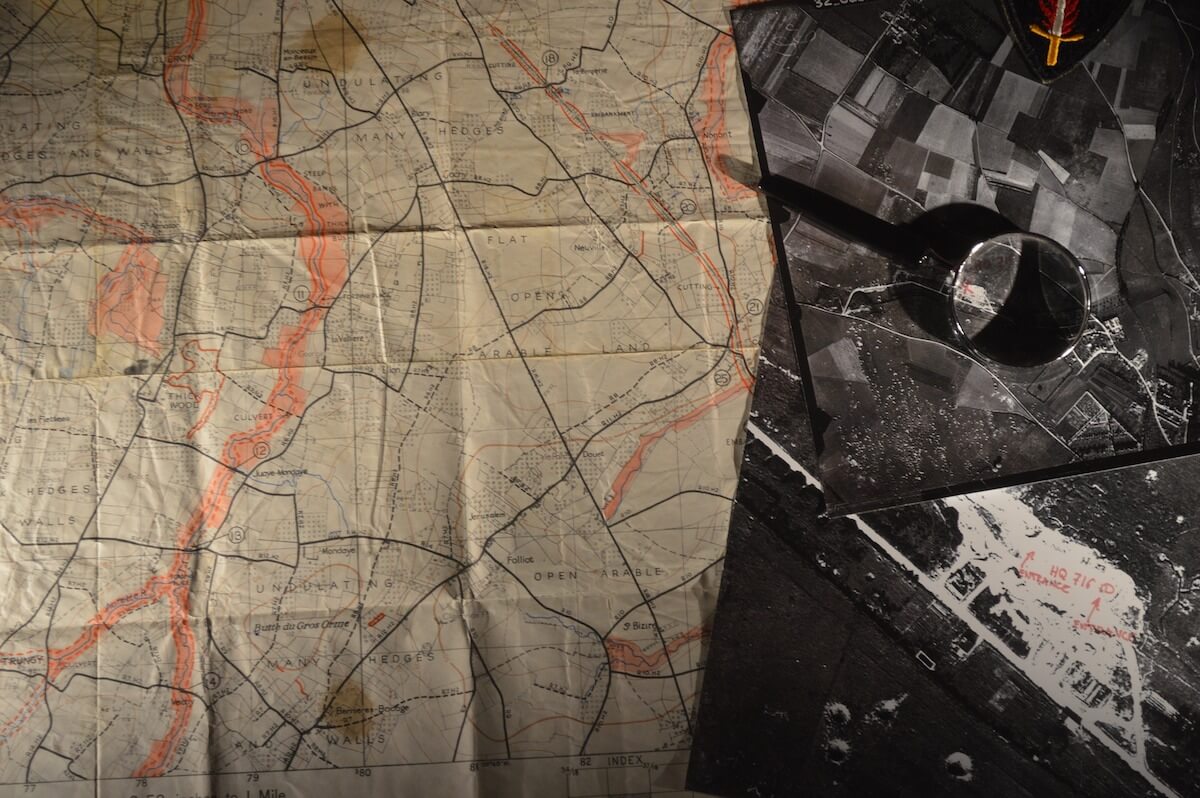Recent Observations
Recently, I had the opportunity to think critically about one method used to guide an organization through implementation of an IT strategy. In this case, the strategy was created a few months ago, and is considered to be the foundation of the implementation effort.
In this example, the method used is to examine the existing strategy document and highlight specific themes and objectives. Then, in a deliberate fashion, each is isolated to create a SWOT matrix showing the strengths, weaknesses, opportunities, and threats while comparing the organization with relevant industry trends and benchmarked peers. The resulting “gap analysis” is used to focus recommendations and possible courses of action concerning policy, organization, governance, and processes. Ideally there will be a cost or weight for each COA that can be used to support a utility maximization discussion, ensuring that stakeholders and decision makers understand and are able to support their decision. This then becomes a charter for the project management organization to control, specifying certain milestones or review points to ensure the changes are properly implemented and any deviations from the implementation plan properly managed. Of course there could be refinements or customization to the approach based on the industry sector, client’s maturity, or complexity of their situation, but I have attempted to extract the common elements of a “standard approach.”
Interestingly, this process closely mirrors Henry Mintzberg’s design school of strategy formulation, one of the prescriptive approaches that he discusses in his 1998 Strategy Safari. The design approach to strategy “attempts to match internal capabilities with external possibilities” (from Overview of the Design School of Strategic Management). This structured approach to understanding how the strengths and weaknesses of a business compare to the competition gives distinctive competencies. The opportunities and threats of the environment result in understanding key success factors, and these aspects combine to give the business choices for strategy to pursue. Based on this approach, creating a strategy actually results in a plan to implement the chosen course of action, usually as understood by the CEO.
The Operational Level of War
Though the term first appeared in the US Army’s keystone FM 100-5 in the 1980s, the operational level (and the corresponding theory and practitioner’s view of operational art) of warfare emerged as a result of both sociopolitical changes in how a nation state engages in war, as well as technical advances that enabled armies to evolve their conduct of combat. James Schneider’s Structure of Strategic Revolution gives a historical overview of the evolution of military thinking using examples from Russian, European, and American conflicts. Simply, the three levels of war are:
- Tactical level, where individuals and smaller units fight, usually small skirmishes but up to large battles. Fundamentally, tactics focus on how to close with and kill the enemy, and the planning window is in minutes or hours. Intelligence works to understand what’s over the next hill or in the next street.
- Operational level, which is concerned with creating campaigns that are simultaneous or sequential battles, separated by both time and space, throughout a theater in order to accomplish strategic objectives. The operational level is usually where joint (combination of Army, Navy, and Air Force) as well as coalition (other countries) efforts are organized.
- Strategic Level, the national level concerned with resourcing through force generation and national production. Strategy focuses on the ends, ways, and means of employing the military aspects of national power.
In business, there are rough analogies for the tactical level and ample examples of strategy, but there isn’t an easy comparison to the operational level or the concept of a campaign. This goes beyond the trivial comparisons that fill the popular business press (e.g., Sales are my infantry! Marketing is intelligence and psychological operations! Win the battle by taking the fight to the enemy!) More specifically, is there a benefit from using the language of operational art to conduct business campaigns, or is this just a way to confuse the discussion with another methodology?
Read my follow-on post about campaign management here.
Join the Catalyst Monitor
Join our community, where we push out regular insights to help maintain situational awareness on technological and socioeconomic trends.



